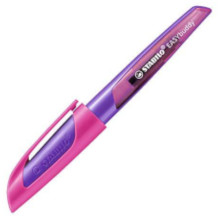School backpack purchasing advice: how to choose the right product
- What You Need to Know
- School backpacks are usually designed for children in fifth grade and above, but can also be used by primary school pupils and students.
- They offer more storage space than school satchels and a well thought-out compartment layout.
- The ergonomically shaped backpacks are designed to be gentle on children’s delicate backs. Therefore, many models are equipped with carrying systems and pads.
- Thanks to their height-adjustable back system, modern school backpacks grow with the pupils, so to speak.
- Accessories such as fluorescent surfaces or reflective stickers ensure safety in road traffic.
Aesthetic and comfortable storage wonders
School satchels are the ideal companions in the first years of school: They are stable, enable the safe and practical transport of all necessary utensils and are adapted to the ergonomic requirements of children. In everyday school life, the satchel has to withstand a lot of strain; its daily use leaves its mark over time. Therefore, there comes a point in the life of every schoolchild when the colourfully designed school satchel has to retire and a new school bag is needed.
At the latest from the transition to secondary school, school backpacks are better suited to the demands of everyday school life than satchels. They offer enough storage space to safely carry all the additional teaching materials that come with new school subjects. In addition, school backpacks are not only robust, but they also have carrying straps and padding that make them comfortable to wear. Because school backpacks are not constructed with a rigid outer wall like school satchels, the material yields more easily in the event of a fall, which reduces the risk of injury.
Since school backpacks are aimed at slightly older children, they have a simpler design than satchels. Manufacturers usually do not use colourful motifs such as pirates, animals or mythical creatures. Instead, there is a large selection of plain-coloured and patterned models. With their often modern designs, school backpacks are very popular with both secondary school pupils and students.
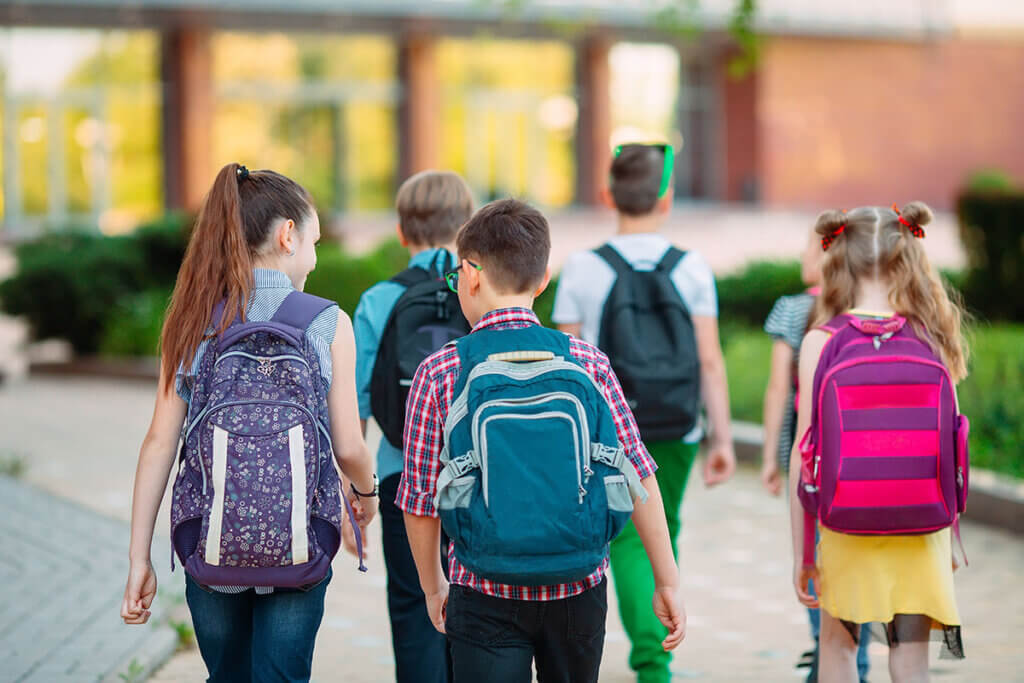
What matters when buying
School backpacks are articles of daily use that accompany both primary school children and students. Therefore, they must not only be robust and comfortable, but also age-appropriate. Since school backpacks serve a large target group, it is all the more important as a consumer to look closely at the features that the right school backpack should have.
Features and ergonomics
The ideal school backpack not only looks good, but also relieves the strain on the back. To this end, school backpacks designed for the body are constructed in such a way that they sit optimally on the back and distribute the weight evenly. This includes a high-quality carrying system that ideally consists of a shoulder strap, pelvic or hip belt and chest strap. The shoulder strap should be well padded and ergonomically designed in an S-shape. It is also advantageous if there are no internal seams at shoulder level. Furthermore, the straps are at least four centimetres wide and do not slip off the shoulder. With these features, pressure and friction points in the neck and shoulder area can be avoided.
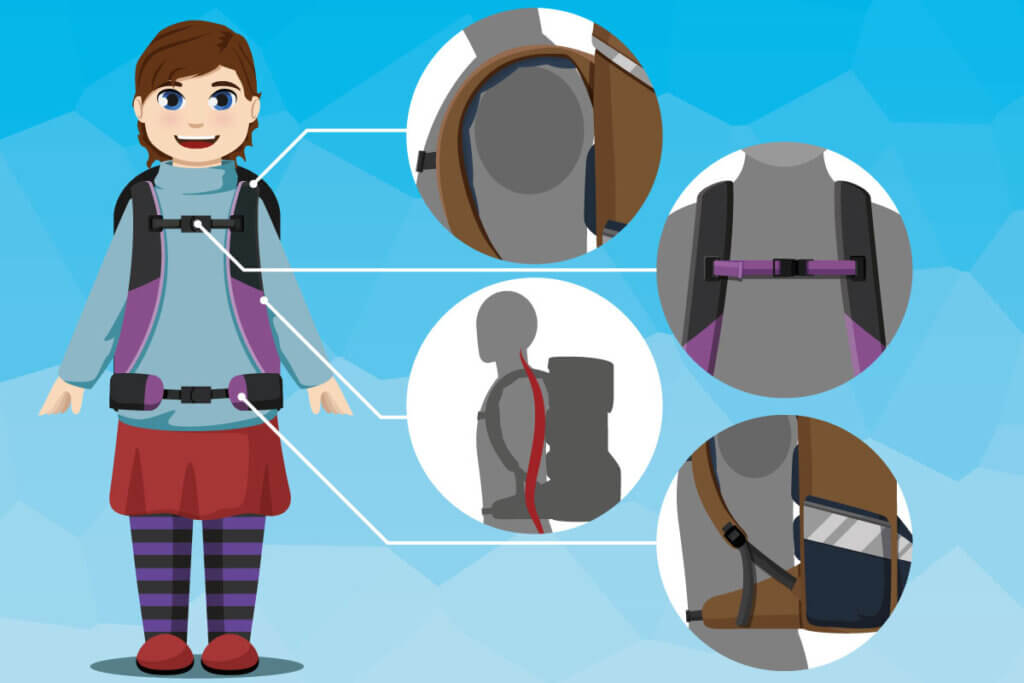
Easy adjustability is important to adapt the straps to the child’s body shape. In addition, the shoulder height adjustment allows the school backpack to be worn close to the shoulder blades. The aim is for the majority of the total weight to rest on the back upper pelvic area rather than on the back. Therefore, in addition to the shoulder straps, pelvic or hip straps as well as length- and height-adjustable chest straps are useful. They secure the school backpack to the body and prevent the shoulder strap from slipping. Side pelvic fins on the hip belt ensure that the backpack maintains its central position. Compression-effect drawstrings or side compression straps also compress the backpack, reducing leverage on the back.
The construction of the back also helps to keep the back healthy. It ideally takes into account the course of the spine and ensures that the weight is not borne by the spinous processes of the vertebrae. The backpack hugs the back comfortably. Furthermore, the material is so stable that the contents of the school backpack do not press on the user. To reduce heat build-up and create adequate ventilation, the back padding is breathable.
A backpack that grows with the children is very practical if it is to be in use for several years. With a back length adjustment, the backpack height can be adapted exactly to the child’s needs. In addition, a reinforced bottom is recommended so that the school backpack has a more secure footing on any surface. Users can comfortably lift the backpack with the padded carrying strap on the top.
Capacity and weight
A school backpack must have room for all the utensils that are needed in everyday school life. This includes various books, binders and exercise books, pencil cases, lunch boxes and water bottles. The capacity should be correspondingly large. However, since the requirements in class increase with the age of the child and therefore also the amount of necessary learning material, it is advisable not to save on the size. A minimum volume of 25 litres is therefore sensible. If you need a lot of space, choose a 40-litre school backpack.
The larger the capacity, the higher the empty weight of the school backpack. When children carry heavy XXL models with several kilograms of learning material around with them all day at school, they put a lot of strain on their backs. While a maximum empty weight of 1.3 kilograms is recommended for children of primary school age, an interior volume of 25 litres and a weight of 1.5 kilograms are also suitable for adolescents from middle school age.
Compartmentalisation and organisation
Backpacks are divided into several sections that serve to clearly organise all utensils. They usually have a main pocket divided into at least two compartments, as well as front and side pockets. The front and side pockets are great for storing food, drink and small items. School books, binders and writing utensils, on the other hand, find their place in the compartments of the main bag.
The compartments must be high and wide enough to fit A4 exercise books, various books and, for older pupils, folders. School books in particular take up a lot of space. Ideally, the compartments are organised so that heavy items are kept close to the back to protect it.
Laptops may be used in secondary school. Therefore, a laptop compartment in which one’s own device can be stored is important. It is padded on the inside so that the laptop is protected from shocks. The maximum laptop size for which the compartment is suitable is stated in the product description of the respective backpack.

Material and workmanship
School backpacks are often made of synthetic fibres such as polyester and polyamide. Polyamide in particular, also known by the trade name nylon, is a very abrasion- and tear-resistant material.
A sustainable alternative are fibres made from recycled PET bottles. Backpacks that carry a bluesign seal are made from fabrics produced with low levels of harmful substances: The use of chemicals is subject to strict controls. This is to ensure that the raw materials are environmentally friendly and harmless to health.
The workmanship should be of high quality and robust, as the backpack is by no means treated with care in everyday school life. Ideally, it should be waterproof or at least water-repellent. Manufacturers implement this in different ways: Some impregnate the material, others coat the backpacks with Teflon and still others use a water-repellent or water-resistant raw material from the outset.
The European standard DIN EN 343:2010-05 defines the difference between waterproof and water-repellent: fabrics that withstand at least 1,500 millimetres of water are waterproof. Textiles that remain watertight at a minimum of 800 millimetres water column may be called water-repellent.
Waterproof school backpacks can withstand even heavy rain, while water-repellent fabrics can only withstand a certain amount of time in normal rain. Unprotected models and their entire contents are relentlessly exposed to the rain. The entire learning material as well as smartphone and laptop would be damaged. Manufacturers usually state whether their products are waterproof or water-repellent.
Safety in road traffic
For pupils to be safe in road traffic, they should be clearly visible. Small and petite primary school children in particular are often difficult for drivers to see. Therefore, reflective light strips and fluorescent accents are quite useful for children.
The DIN 58124 standard applies to school backpacks and states that there should be at least 10 per cent reflective and 20 per cent fluorescent material at the front and side of backpacks. This regulation does not apply to school backpacks. That is why many backpacks do not have integrated signal areas. School backpacks whose design complies with DIN 58124 are often specifically designated as primary school backpacks. Plain models, on the other hand, are more likely to be found in the “secondary school” category.
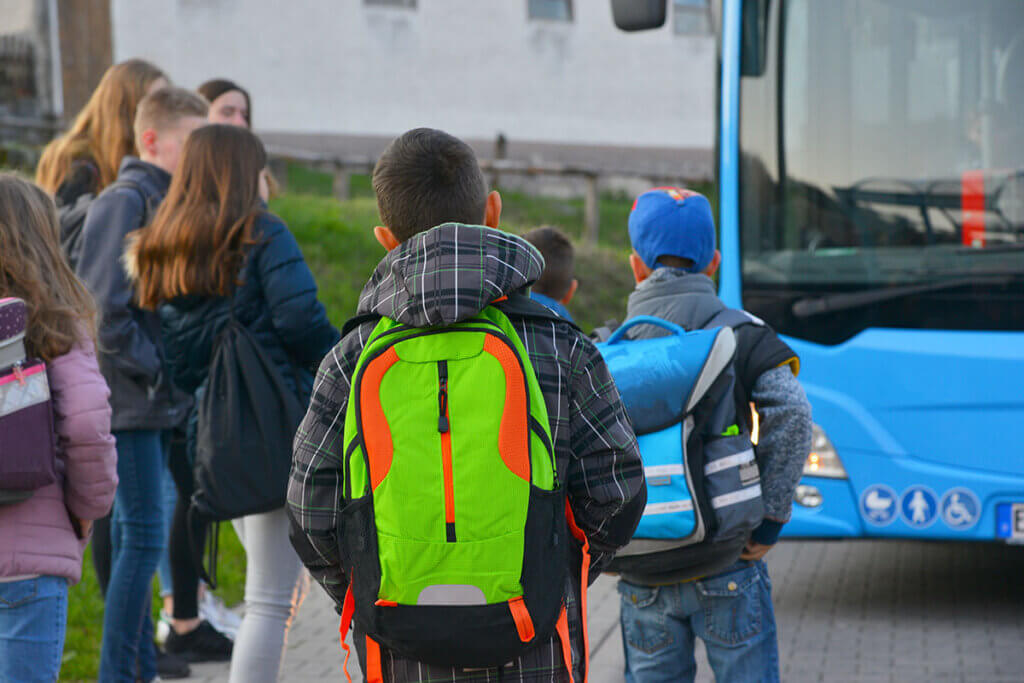
Since there are school backpacks for both younger and older teenagers, and even students like to choose a model, it is difficult to establish a proportion of reflective and fluorescent material in the style of the so-called school backpack regulations as a general criterion for school backpacks. It makes more sense to base the purchase on the age and needs of the pupils. School backpacks that use bright lines and areas as stylistic elements represent a compromise between appealing design and safety: The stylistic elements are also recognisable in the dark.
Some manufacturers offer reflective and fluorescent accessories that can be used to retrofit school backpacks. Ergobag, for example, sells fluorescent colour zips to make their own backpacks safer, as well as reflective motif stickers. Children can decorate their plain backpacks with functional stickers. After a few years, when luminous surfaces are no longer essential for safety, the fluorescent surfaces and reflectors can be easily removed.
Other accessories
The list of school utensils that parents should regularly equip their children with is extensive. A pencil case, gym bag or sports bag go in the shopping trolley together with the school bag. Conveniently, these items are available in sets, often with a backpack instead of the satchel or a purse instead of the pencil case.
If you attach importance to a uniform design, but the chosen backpack does not include any accessories, you can look around in the manufacturer’s online shop. There you will also find water bottles and lunch boxes, umbrellas and name labels. With the help of file boxes or folders, students can create more order in their backpacks and prevent creases in their files.
Water-repellent school backpacks protect the contents in light rain, but quickly reach their limits in heavy downpours. To ensure that the school utensils remain dry, a rain cover is advisable. This is a cover that can be put over the school backpack. If there is no special cover for the selected school backpack on the manufacturer’s website, it is advisable to search on the basis of the backpack dimensions.
In addition to safety patches and motifs for school backpacks, manufacturers also offer purely decorative patches with Velcro. With these, students can decorate their school backpacks as they please. Ergobag, for example, sells its so-called Kletties in five-piece sets on various themes, including unicorns, superheroes, space or ninja, and allows students to design their own Kletties.

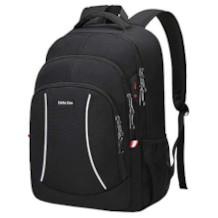
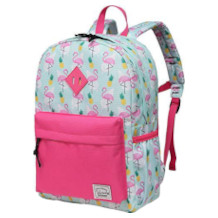

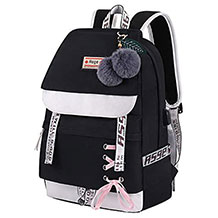
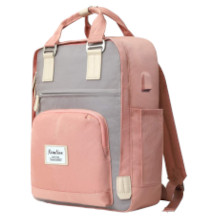
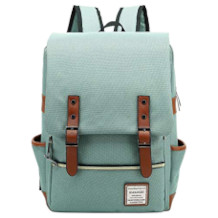
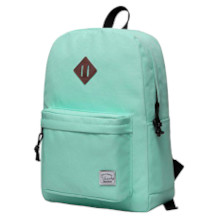
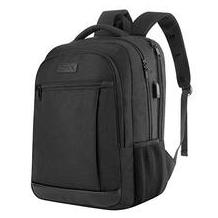

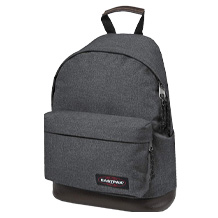
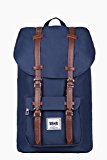
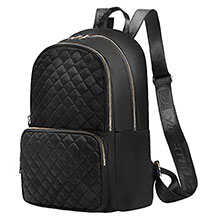
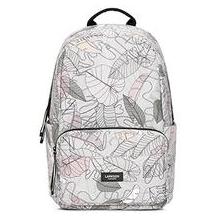

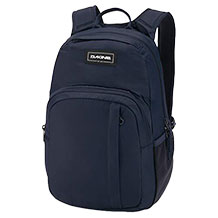

 3,654 reviews
3,654 reviews
